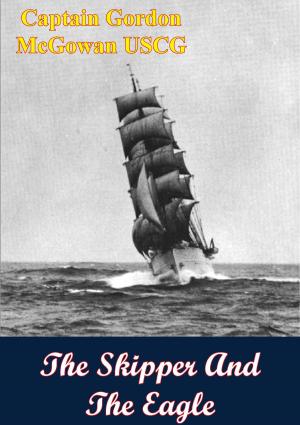| Author: | Page Cooper, Robert L. Treat | ISBN: | 9781786257826 |
| Publisher: | Golden Springs Publishing | Publication: | January 18, 2016 |
| Imprint: | Golden Springs Publishing | Language: | English |
| Author: | Page Cooper, Robert L. Treat |
| ISBN: | 9781786257826 |
| Publisher: | Golden Springs Publishing |
| Publication: | January 18, 2016 |
| Imprint: | Golden Springs Publishing |
| Language: | English |
Man O’ War, or “Big Red” as he was affectionately called, was the greatest racehorse that ever lived. In 1919 and 1920, he won 20 of 21 starts and set eight records, including three world records, while conceding as much as 30 pounds to his rivals. His time in the Belmont Stakes at 1 mile, 3 furlongs stood for an incredible 50 years. On three separate occasions, bookmakers quoted him at an astronomical 1-100. Credited with reviving the sport of horseracing in much the same way as Babe Ruth did professional baseball, Man O’ War’s final contest was a match race against Sir Barton, the first Triple Crown winner, where he vanquished the Canadian horse by seven lengths. He was sire to War Admiral, Crusader, and Battleship, and was grandsire to Seabiscuit, who perhaps most of all inherited the indomitable spirit and great heart of the champion.
With his distinctive blazing white star on his forehead and deep red coat, Man O’ War was a major star in the first half of the twentieth century. Bought for the modest sum of $5,000 by Pennsylvania horseman Samuel Riddle, Man O’ War ended up winning more money than any American horse up to that time. He lost only once, in a controversial race, and was so good that on the occasion when he carried the heaviest weight ever assigned to a three-year-old, he set a track record, winning by multiple lengths. Rather than jeopardize the health of his horse under such enormous weights, Riddle elected to retire the brilliant animal at the age of three. Man O’ War lived for 27 more years and sired 379 foals, 61 of which were stakes winners. He was a legend in his lifetime and under the constant care of his groom, Will Harbut, he was visited by legions of fans at his Kentucky farm.
“You need not care much about horses or racing, but, by the time you come to the end, you will.”—New York Herald Tribune
Man O’ War, or “Big Red” as he was affectionately called, was the greatest racehorse that ever lived. In 1919 and 1920, he won 20 of 21 starts and set eight records, including three world records, while conceding as much as 30 pounds to his rivals. His time in the Belmont Stakes at 1 mile, 3 furlongs stood for an incredible 50 years. On three separate occasions, bookmakers quoted him at an astronomical 1-100. Credited with reviving the sport of horseracing in much the same way as Babe Ruth did professional baseball, Man O’ War’s final contest was a match race against Sir Barton, the first Triple Crown winner, where he vanquished the Canadian horse by seven lengths. He was sire to War Admiral, Crusader, and Battleship, and was grandsire to Seabiscuit, who perhaps most of all inherited the indomitable spirit and great heart of the champion.
With his distinctive blazing white star on his forehead and deep red coat, Man O’ War was a major star in the first half of the twentieth century. Bought for the modest sum of $5,000 by Pennsylvania horseman Samuel Riddle, Man O’ War ended up winning more money than any American horse up to that time. He lost only once, in a controversial race, and was so good that on the occasion when he carried the heaviest weight ever assigned to a three-year-old, he set a track record, winning by multiple lengths. Rather than jeopardize the health of his horse under such enormous weights, Riddle elected to retire the brilliant animal at the age of three. Man O’ War lived for 27 more years and sired 379 foals, 61 of which were stakes winners. He was a legend in his lifetime and under the constant care of his groom, Will Harbut, he was visited by legions of fans at his Kentucky farm.
“You need not care much about horses or racing, but, by the time you come to the end, you will.”—New York Herald Tribune

![Cover of the book The Battle of Gettysburg [Illustrated Edition] by Page Cooper, Robert L. Treat](https://www.kuoky.com/images/2016/july/300x300/9781786259530-fW5O_300x.jpg)
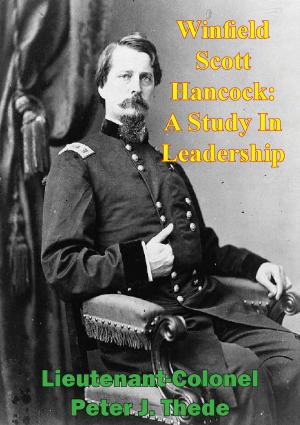


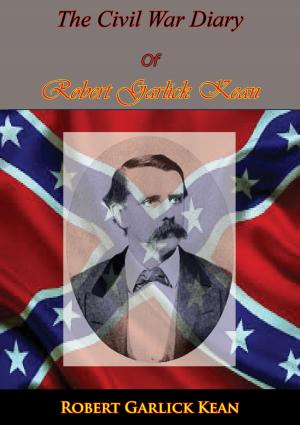
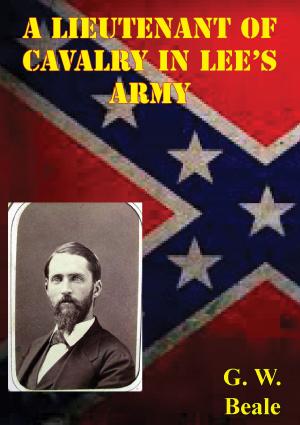
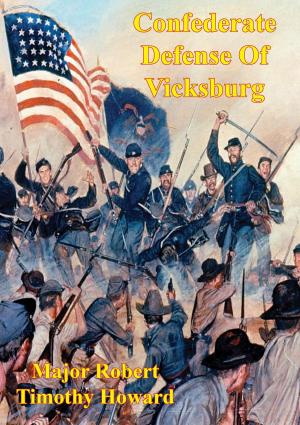

![Cover of the book Battles And Victories Of Allen Allensworth, A.M., Ph.D., Lieutenant-Colonel, Retired, U.S. Army [Illustrated Edition] by Page Cooper, Robert L. Treat](https://www.kuoky.com/images/2014/june/300x300/9781782891222-UZeo_300x.jpg)
![Cover of the book Reminiscences Of The Civil War [Illustrated Edition] by Page Cooper, Robert L. Treat](https://www.kuoky.com/images/2015/november/300x300/9781786251824-T47w_300x.jpg)
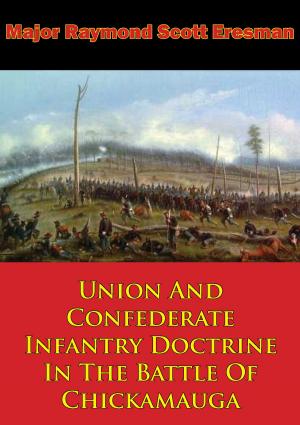
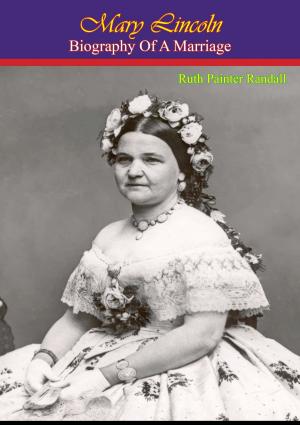
![Cover of the book Second Manassas: An Operational Dynamics Perspective. [Illustrated Edition] by Page Cooper, Robert L. Treat](https://www.kuoky.com/images/2014/august/300x300/9781782894209-xHCg_300x.jpg)
